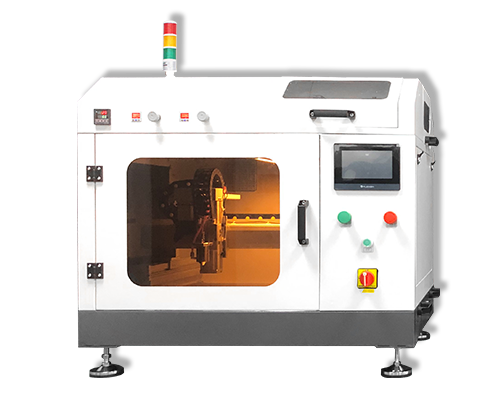Fuel Cell Gas Diffusion Layer
Fuel Cell Gas Diffusion Layer – Fuel Cell Catalyst Coatings – Cheersonic
The gas diffusion layer (GDL) in the fuel cell mainly plays the role of supporting the catalytic layer, conducting electrons, conducting the reaction gas and discharging the reaction product water, etc. It is usually composed of a porous substrate layer and a microporous layer (MPL). PEMFO Although the transport of reactants and products during operation does not directly participate in the electrochemical reaction, the transport speed will directly affect the battery performance, and GDL is the main site for gas and water transport.
Gas diffusion layer technical requirements
According to the working characteristics of the fuel cell, the gas diffusion layer substrate material must meet the following requirements:
1) Uniform porous structure, high porosity and large pore size to ensure excellent air permeability.
2) Lower resistivity ensures higher electron conductivity.
3) The structure is compact and the surface is flat, which reduces the contact resistance and improves the electrical conductivity.
4) It has a certain mechanical strength, which is conducive to the production of electrodes.
5) Appropriate hydrophilicity and hydrophobicity, which is beneficial to the discharge of the reaction product water.
6) It has chemical stability and thermal stability.
7) Lower manufacturing cost and higher cost performance.
The microporous layer is usually composed of nano-scale carbon particles and hydrophobic binders, with a thickness of about 30~100um. Its main function is to improve the pore structure and surface flatness of the gas diffusion layer, thereby reducing the gap between the catalytic layer and the diffusion layer. The contact resistance improves the redistribution of gas and water at the interface, prevents the electrode catalytic layer from “waterlogging”, and prevents the catalytic layer from leaking into the porous base layer during the preparation process.
Gas diffusion layer type
At present, the base layer is usually made of porous carbon fiber paper (carbon paper), carbon fiber woven cloth (carbon cloth), non-woven cloth, flat foam metal and metal mesh and other materials. The thickness is about 100~400m. The main function is to support the microporous layer and the catalytic layer, and at the same time, it can conduct the reaction gas and discharge the reaction product water. Among them, porous carbon paper is the most commonly used diffusion layer base material.
According to the different operating conditions of the fuel cell (such as anode and cathode humidification, cathode and anode operating gas pressure, temperature, working current density and other parameters), researchers will design different types of GDL, usually by adding PTFE to adjust the hydrophobicity of the diffusion layer.

Ultrasonic spray fuel cell catalyst coating system can produce highly uniform, repeatable and durable coatings. Our ultrasonic spraying can well control coating properties, significantly reduce material usage, and reduce maintenance and downtime.
Our company’s ultrasonic spraying equipment can be sprayed on a variety of different metal alloys, including the preparation of platinum, nickel, iridium and ruthenium-based fuel cell catalyst coatings, as well as PEMs, GDLs, DMFCs (direct methanol fuel cells) and SOFCs (solid Oxide fuel cell) manufacturing. The battery manufactured by this technology has the characteristics of high battery load and high battery efficiency.
The optional ultrasonic dispersion system can uniformly disperse the catalyst solution without blocking the ultrasonic nozzle, thereby providing a uniform and homogeneous fuel cell catalyst coating, and has a controlled droplet size from ultra-low flow to production-scale flow.

